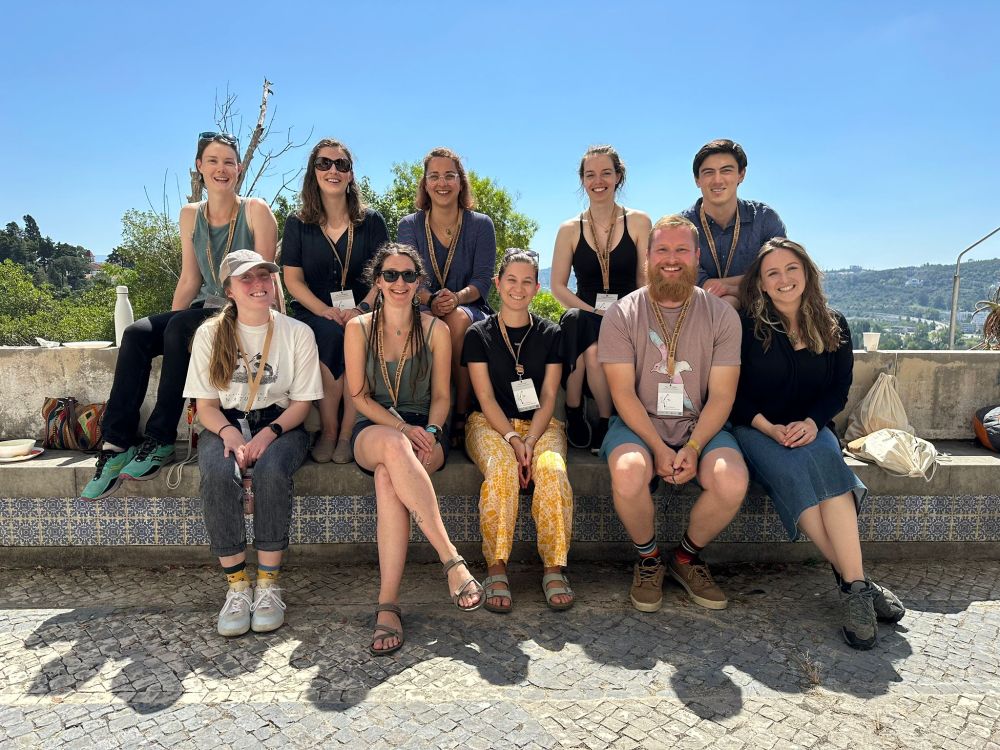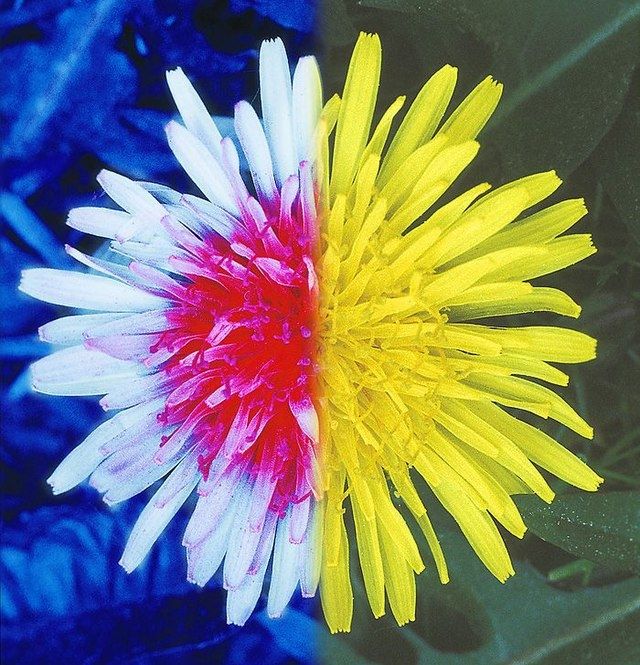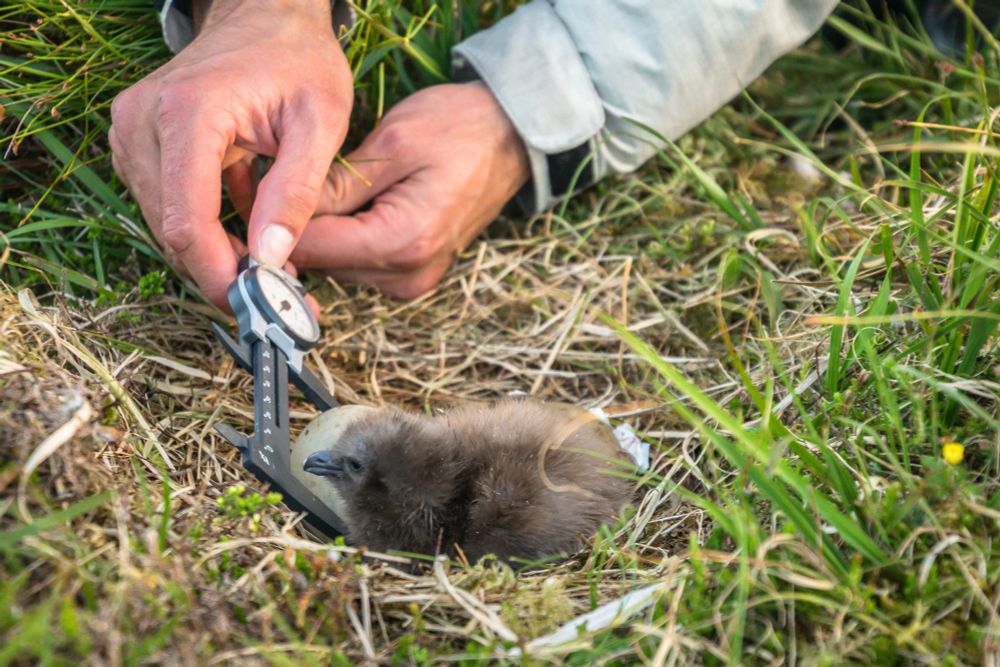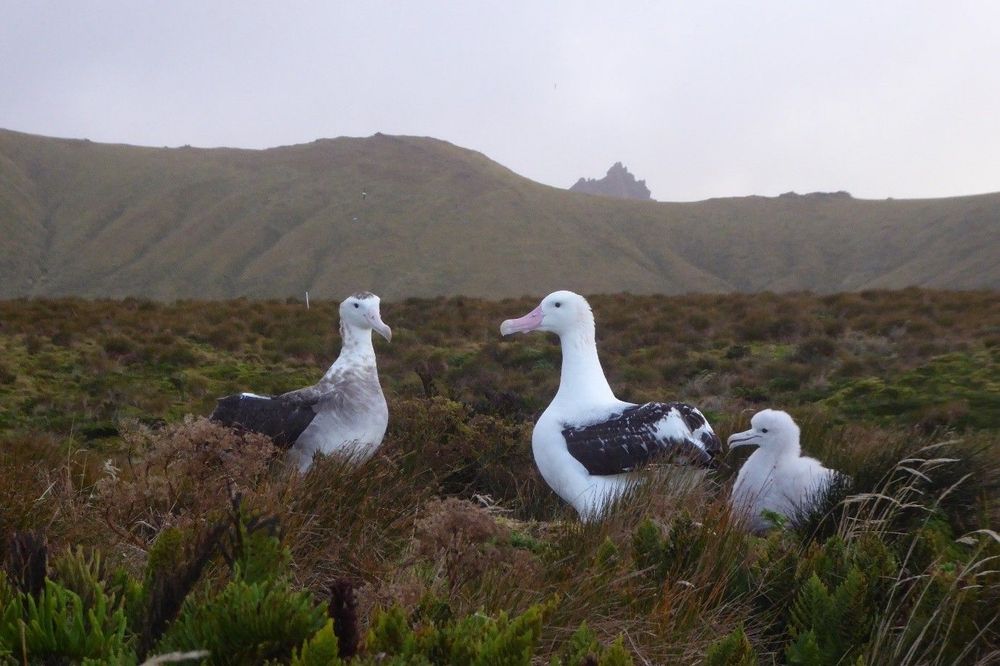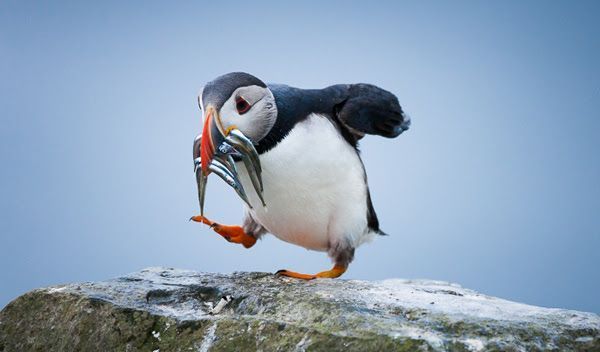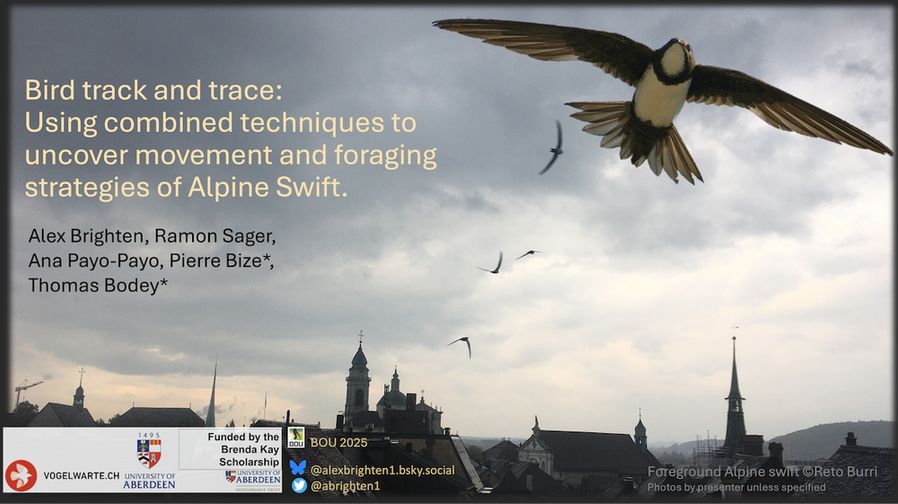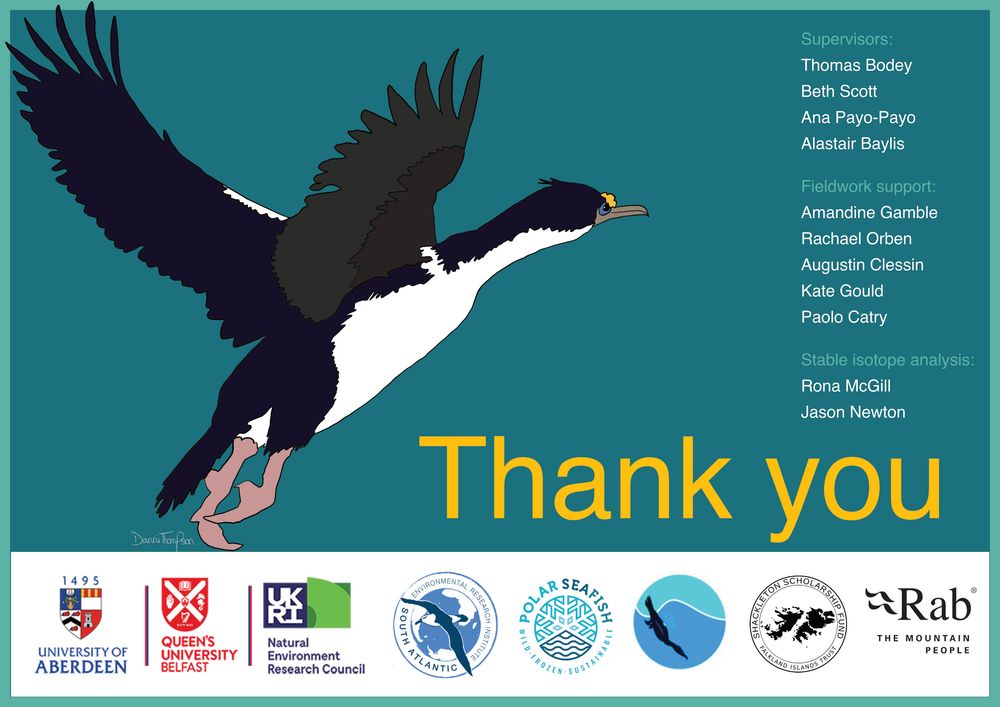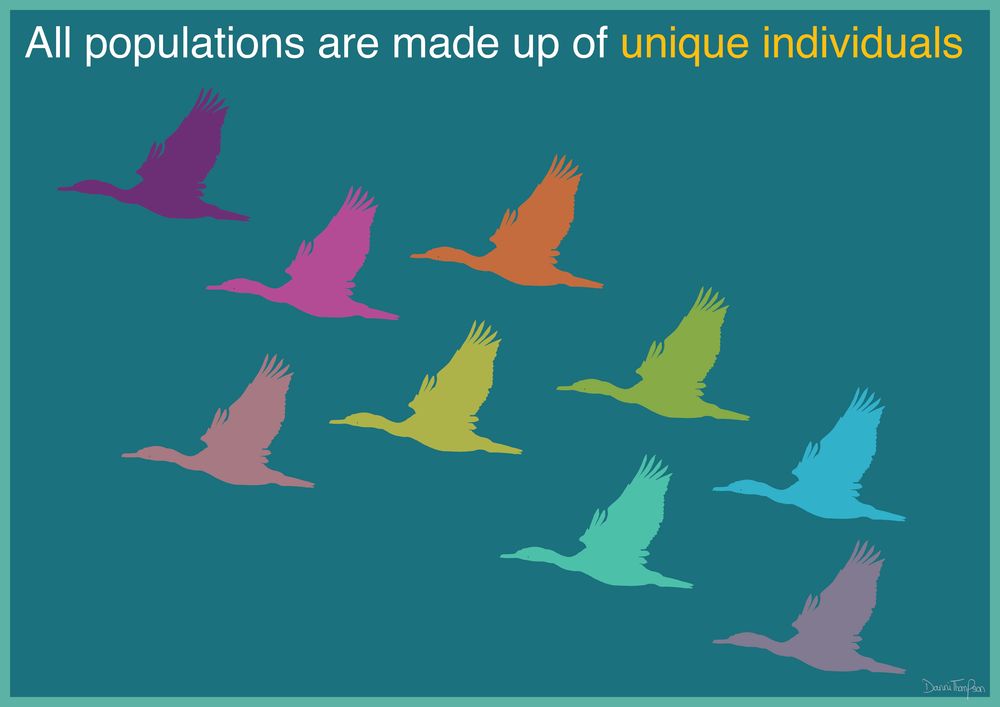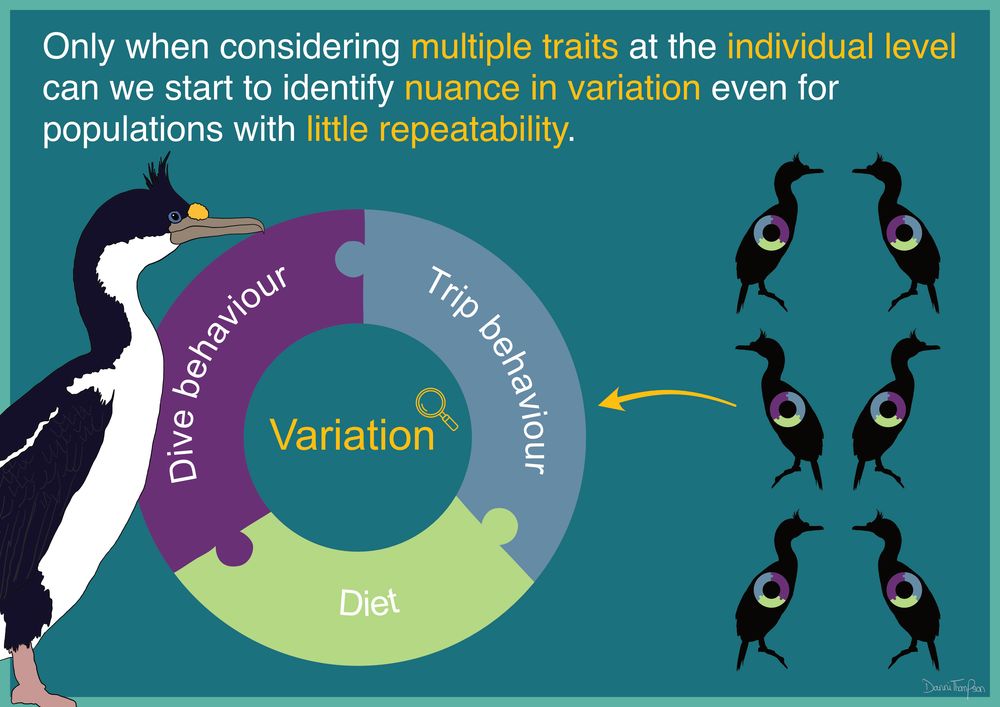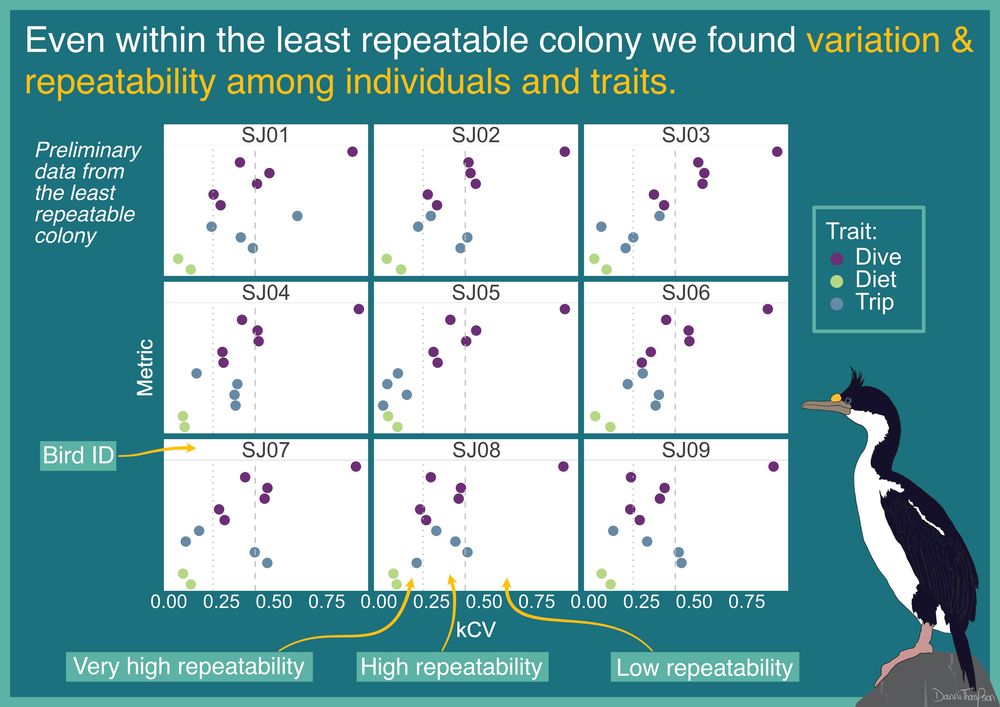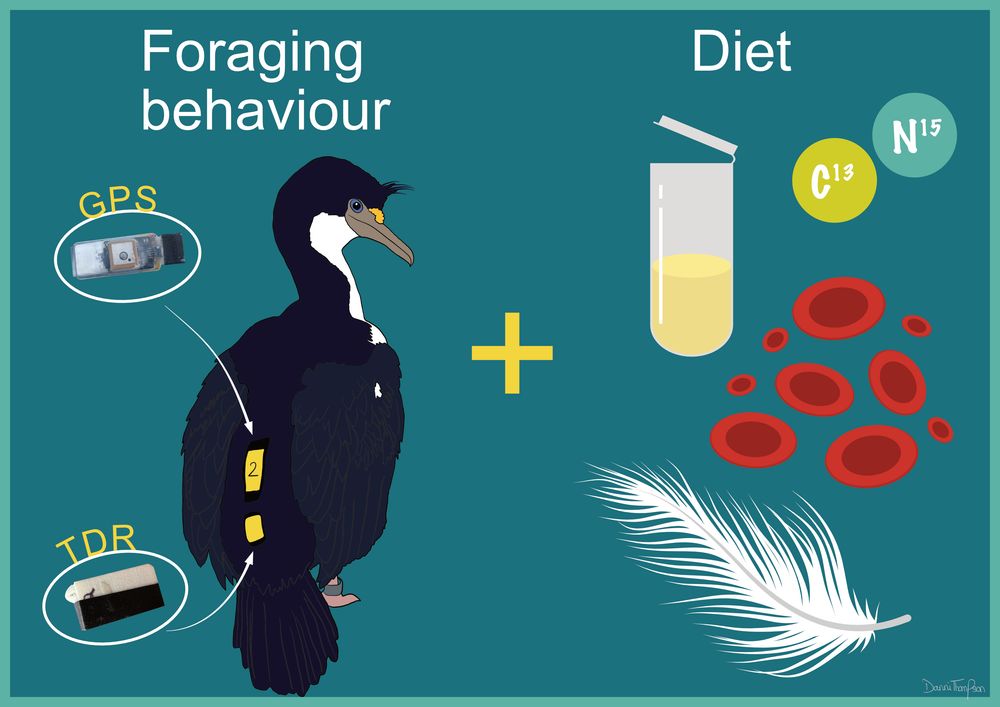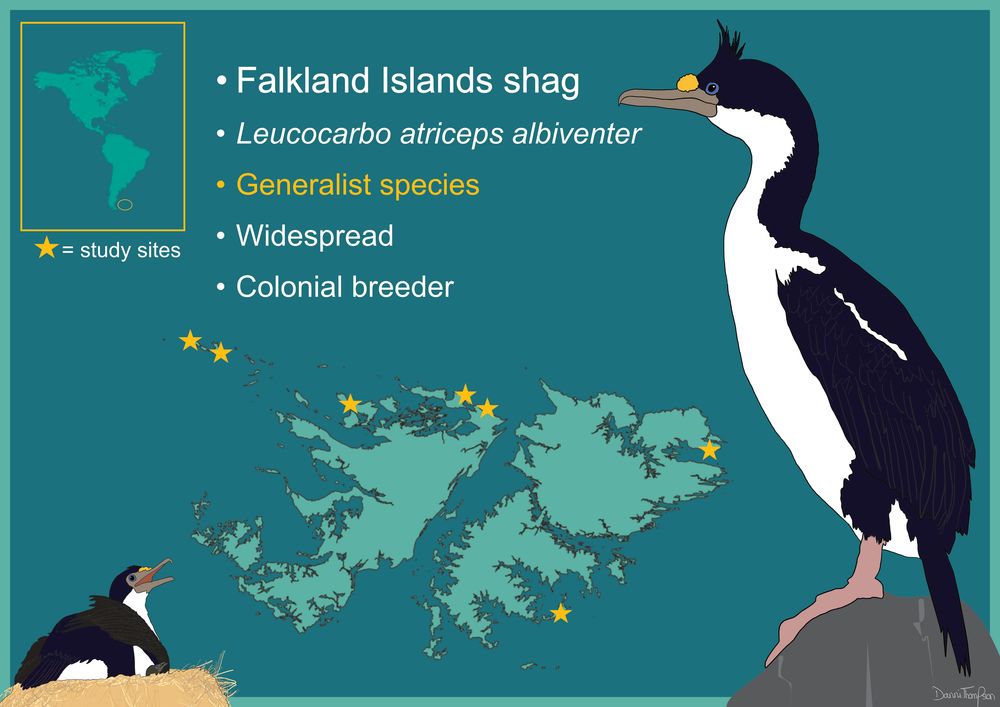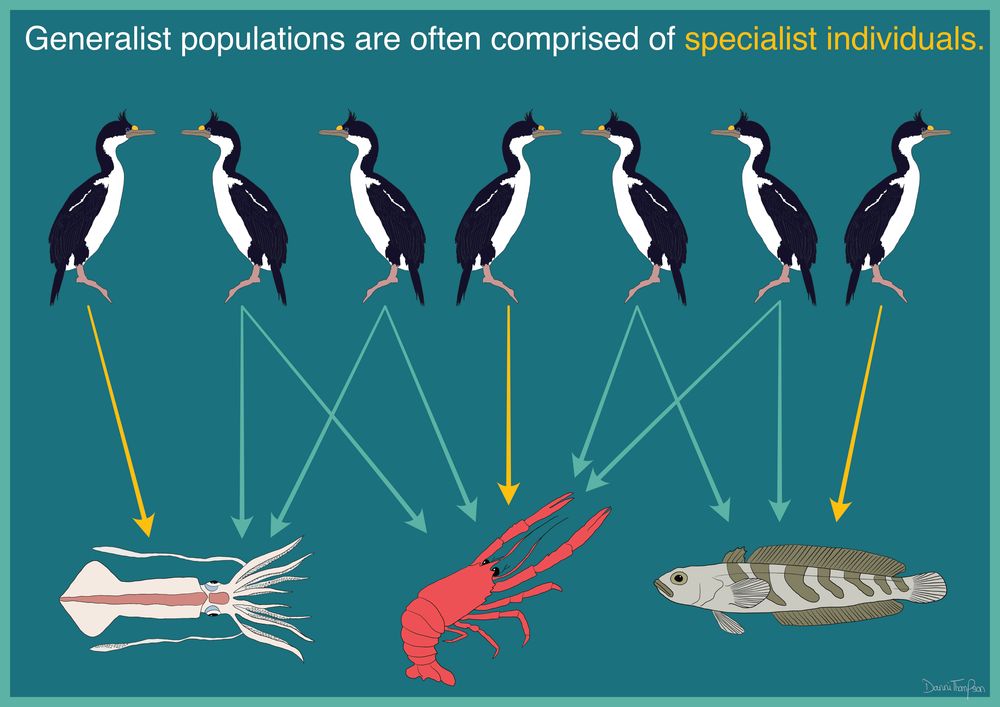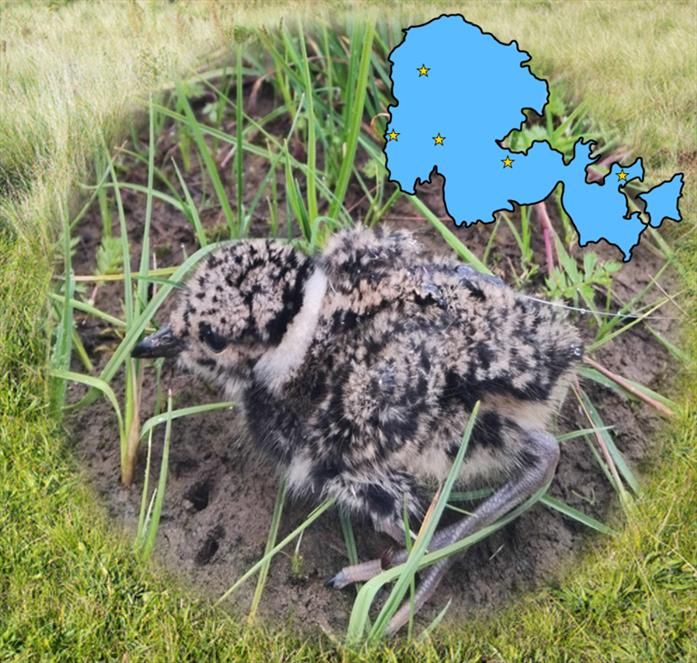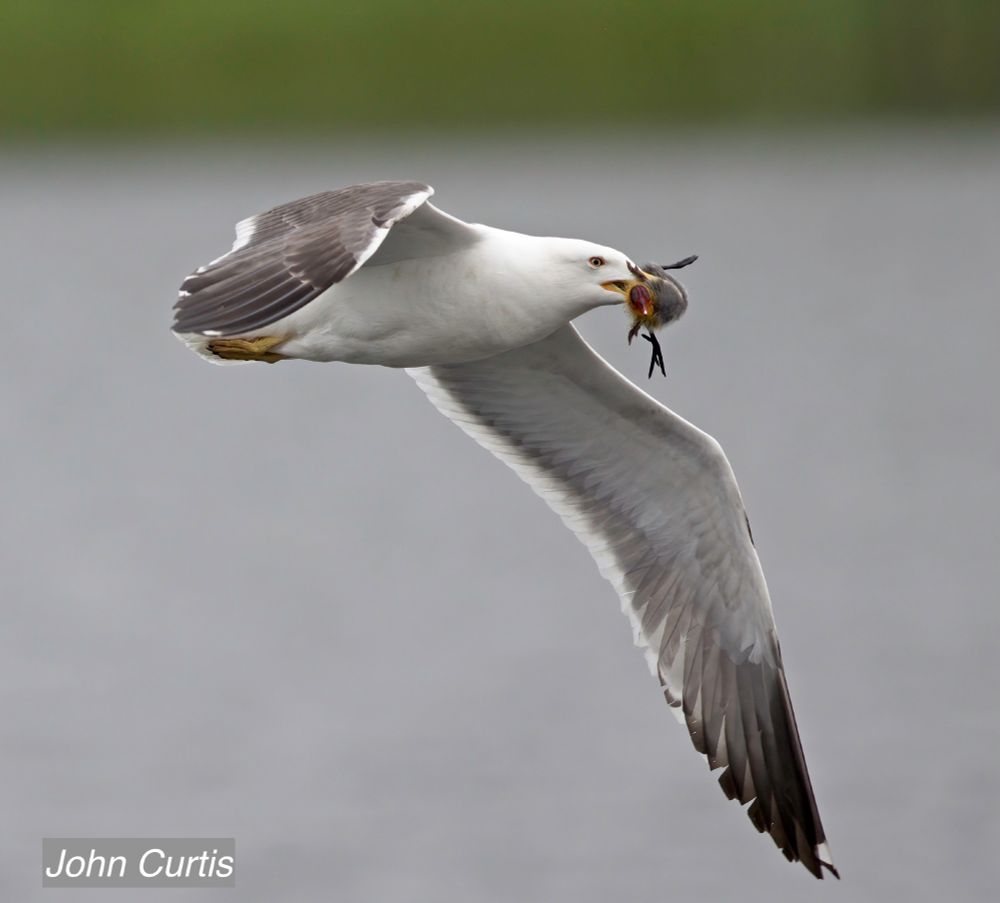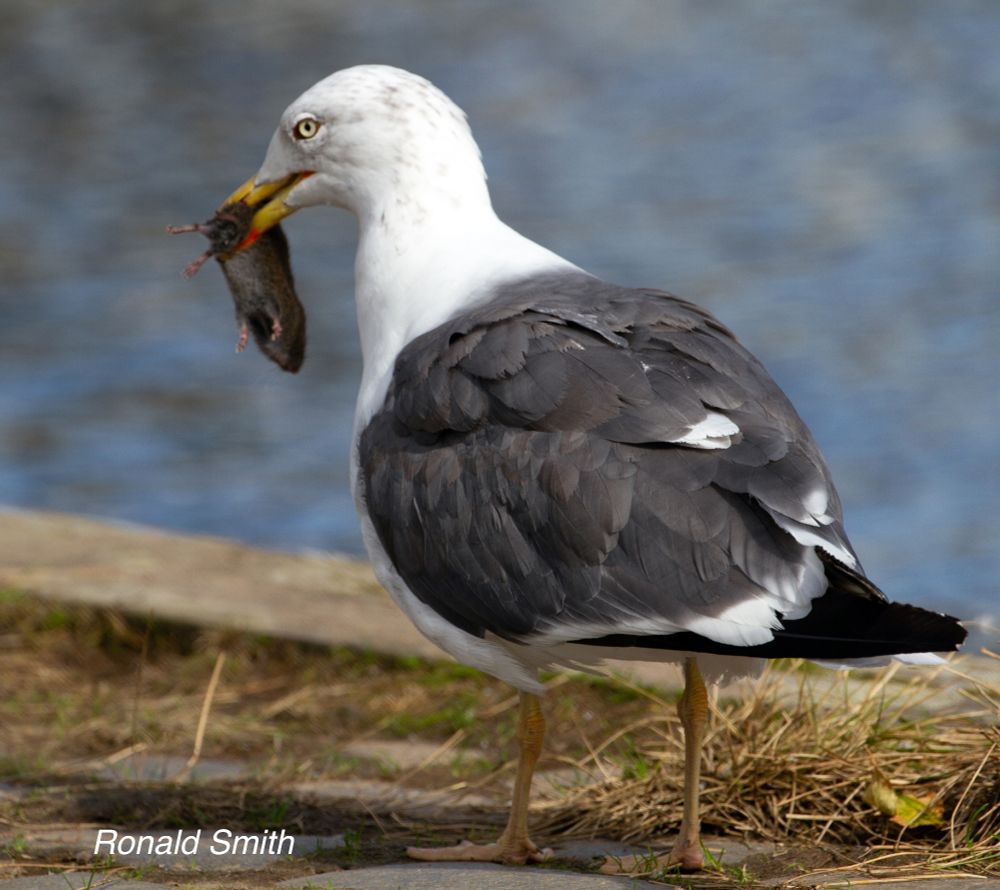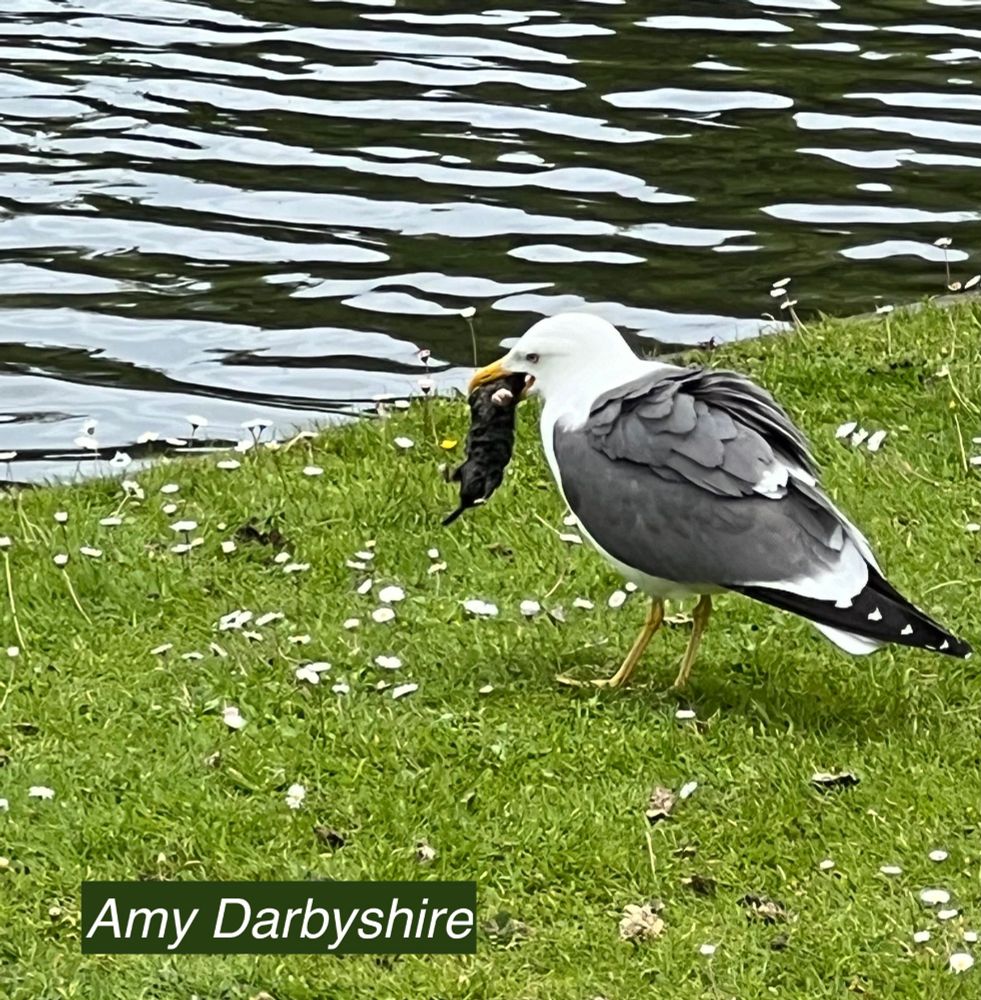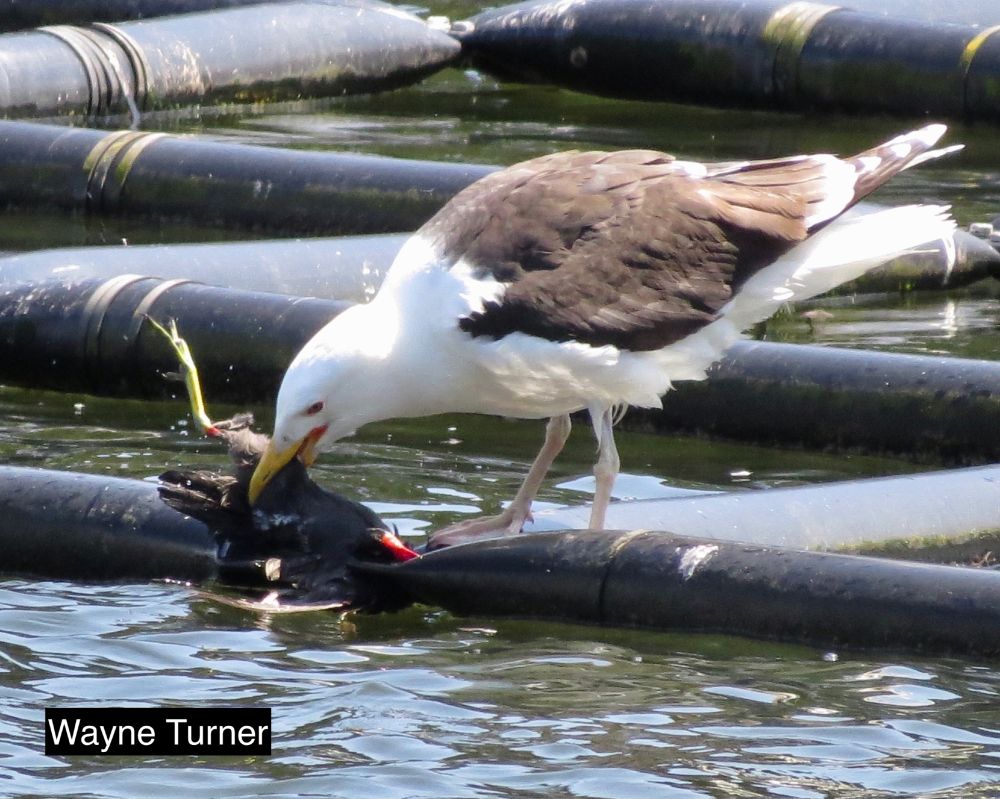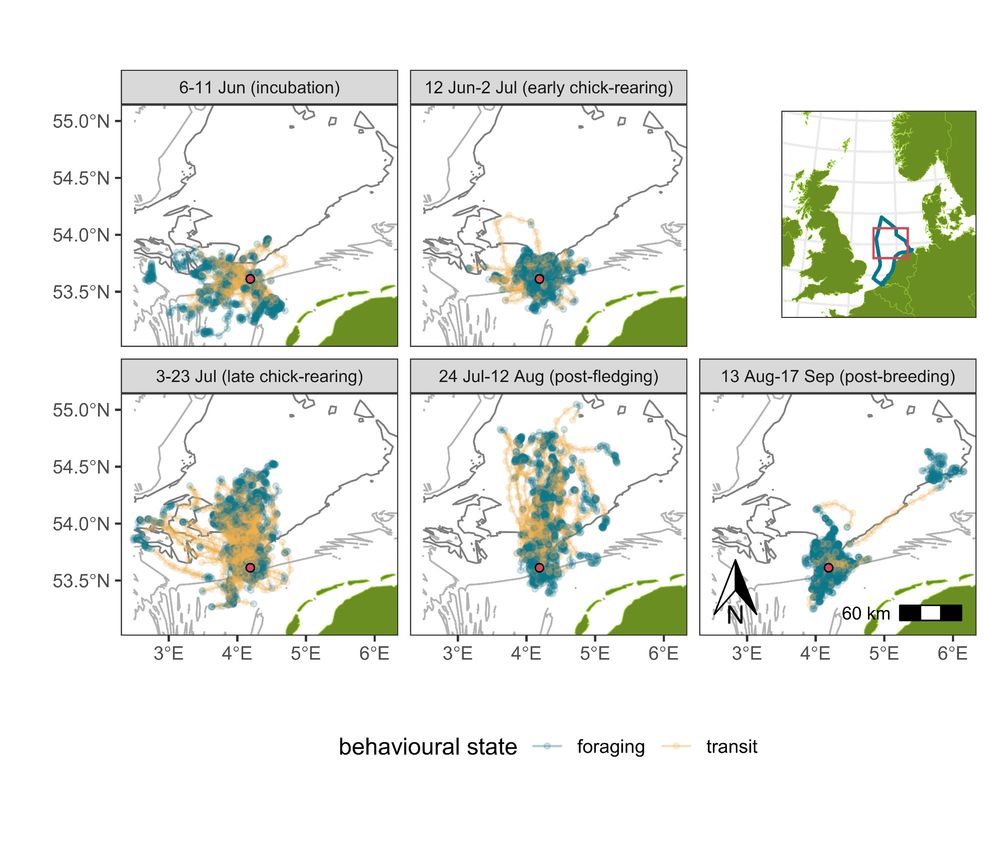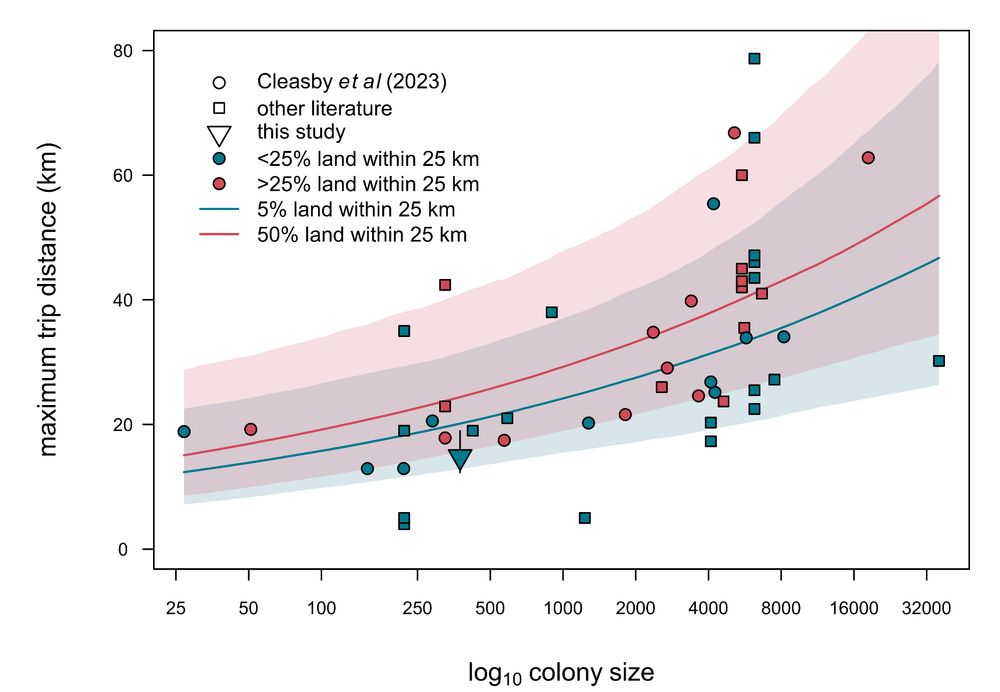Danni Thompson
@scottishseabird.bsky.social
770 followers
520 following
21 posts
PhD researcher - drivers of individual specialisation in foraging behaviour with #FalklandsShags 🐦 | seabirds | photography | crafting
Posts
Media
Videos
Starter Packs
Pinned
Reposted by Danni Thompson
Reposted by Danni Thompson
Reposted by Danni Thompson
Reposted by Danni Thompson
Reposted by Danni Thompson
Reposted by Danni Thompson
Reposted by Danni Thompson
Reposted by Danni Thompson
Reposted by Danni Thompson
Reposted by Danni Thompson
Reposted by Danni Thompson
Jared Wilson
@wilsonjaredm.bsky.social
· Mar 27

Senior Marine Ornithologist
Do you want to use your scientific and research expertise to play an important role in decisions made on the sustainable delivery of marine renewables and the marine environment?
fa-evxn-saasfaukgovprod1.fa.ocs.oraclecloud.com
Reposted by Danni Thompson
Reposted by Danni Thompson
Cecilia Nilsson
@cnilsson.science
· Mar 5
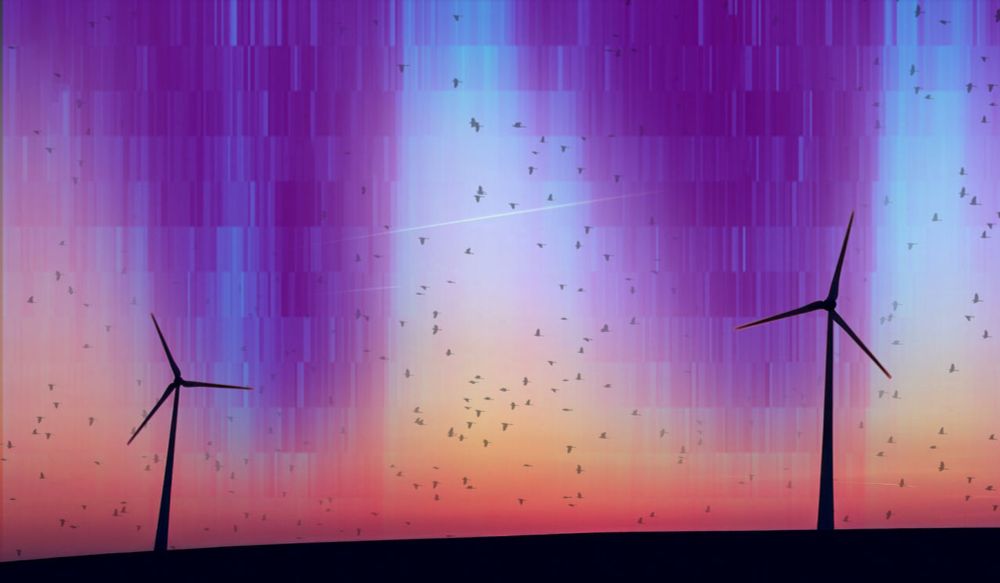
European data on animals aloft now publicly available
Weather radars detect more than weather, they also continuously register the movements of billions of animals (birds, bats, insects) in the air. Those data are now publicly available for large parts o...
go.nature.com
Reposted by Danni Thompson


